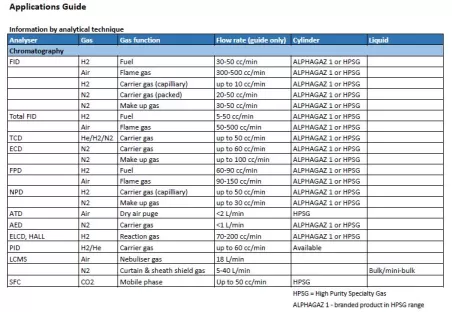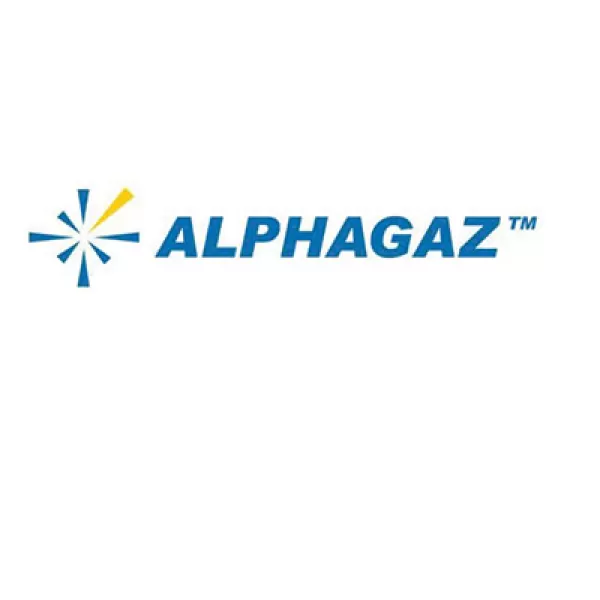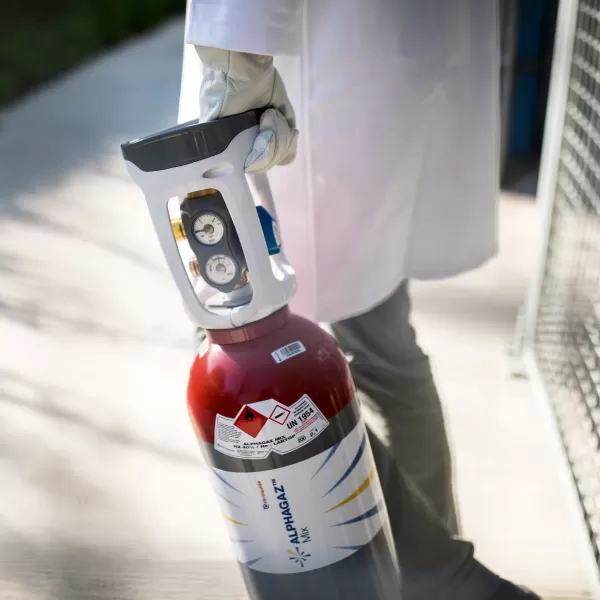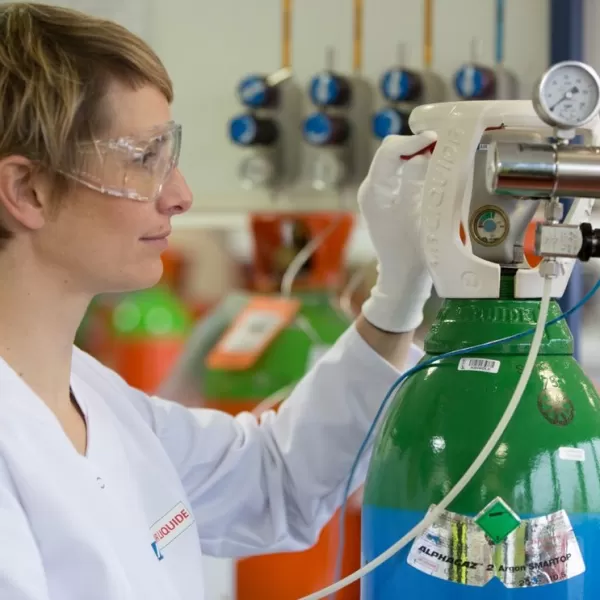Why choose Air Liquide for your spectrometry activities?

|
Continuous supplyAir Liquide ensures a solid and continuous supply of high-quality gases, regardless of the size of your laboratory. |
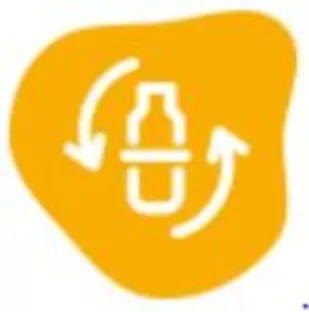
|
Innovations for your applicationAir Liquide continuously invests in research and development and regularly creates innovative solutions for laboratories. |
The different types of spectrometry
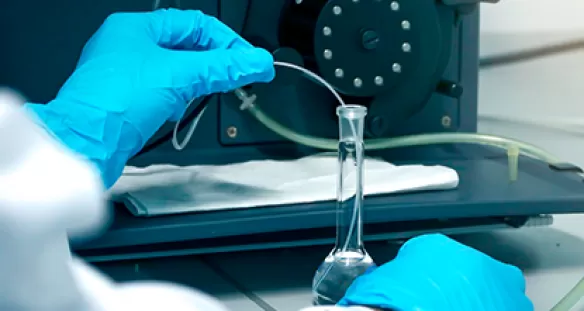
Inductively coupled plasma (ICP)
Inductively Coupled Plasma (ICP), also known as ICP-AES (Atomic Emission Spectrometry) or ICP-OES (Optical Emission Spectrometry), is used to analyse many elements simultaneously, with extremely low detection levels, in a wide variety of markets, including food and beverage, metals, pharmaceuticals, geology, water and cement. ICP works using an Argon plasma, into which the atomized liquid sample is injected.
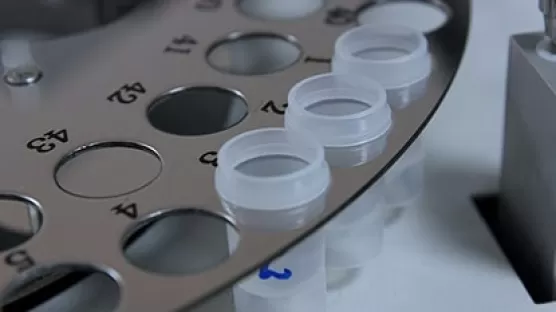
Atomic absorption spectroscopy (AAS)
Atomic absorption spectroscopy (AAS) uses the absorption of light to measure the concentration of atoms in the gas phase, which absorb light and make transitions to higher energy levels. The amount of absorption determines the concentration of a particular component. The gases used in AAS are Nitrogen and Argon.
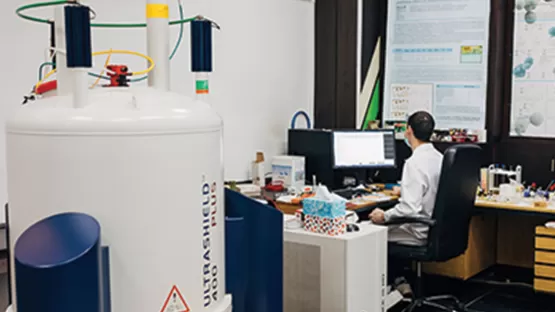
Nuclear magnetic resonance spectroscopy (NMR)
Nuclear magnetic resonance (NMR) spectroscopy is a research technology in analytical chemistry, used to analyse the physical and chemical composition of materials. Air Liquide is the only gas supplier with a special helium reserve in Europe to guarantee a continuous supply without interruption.

Infrared spectroscopy (IR)
Infrared spectroscopy is the measurement of the interaction of infrared radiation with matter by absorption, emission or reflection. It is used to study and identify chemical substances or functional groups in solid, liquid or gaseous form. Air Liquide offers Nitrogen and Air of different qualities for the operation of IR equipment.
How to choose the right gas calibration mixture

Selecting the right gas mixture for calibration requires a clear understanding of the mixture’s specifications and the calibration needs of your application. Unlock how to master ordering the perfect calibration gas mixture thanks to a free video training & our consulation support.
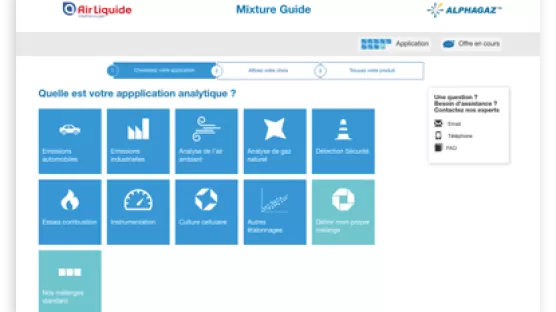
Mixture selection guide
Mixture Guide : Discover our mixture guide for all your pure gases and gas mixtures.
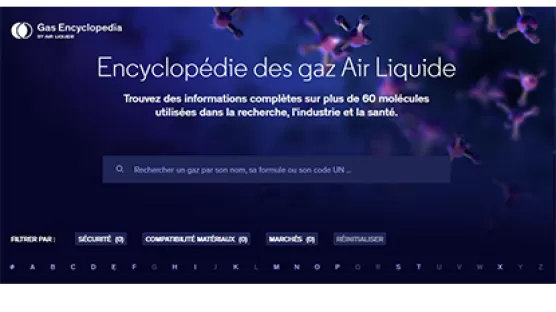
Gas encyclopedia
Find complete information on more than 60 molecules used in industry, research and health sectors.
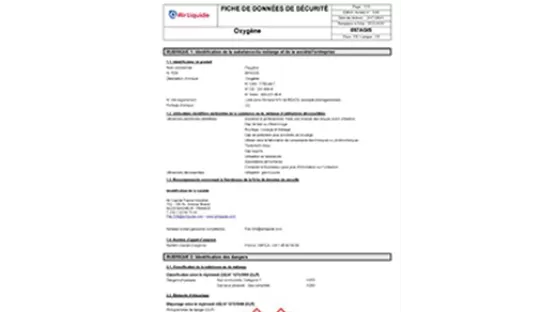
Safety data sheets
Information on the composition of the product, its physical and chemical properties, identification of hazards, precautions to be taken for its handling and storage.
On the same topic
Do you have any questions about gas solutions for spectrometry?
Please complete our contact form below and we'll come back to you as soon as possible.


